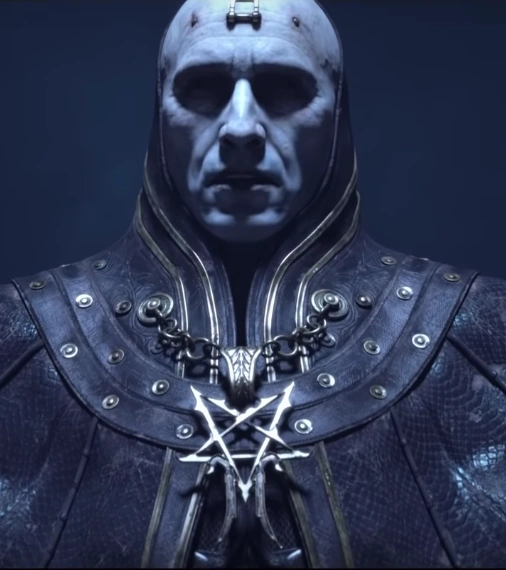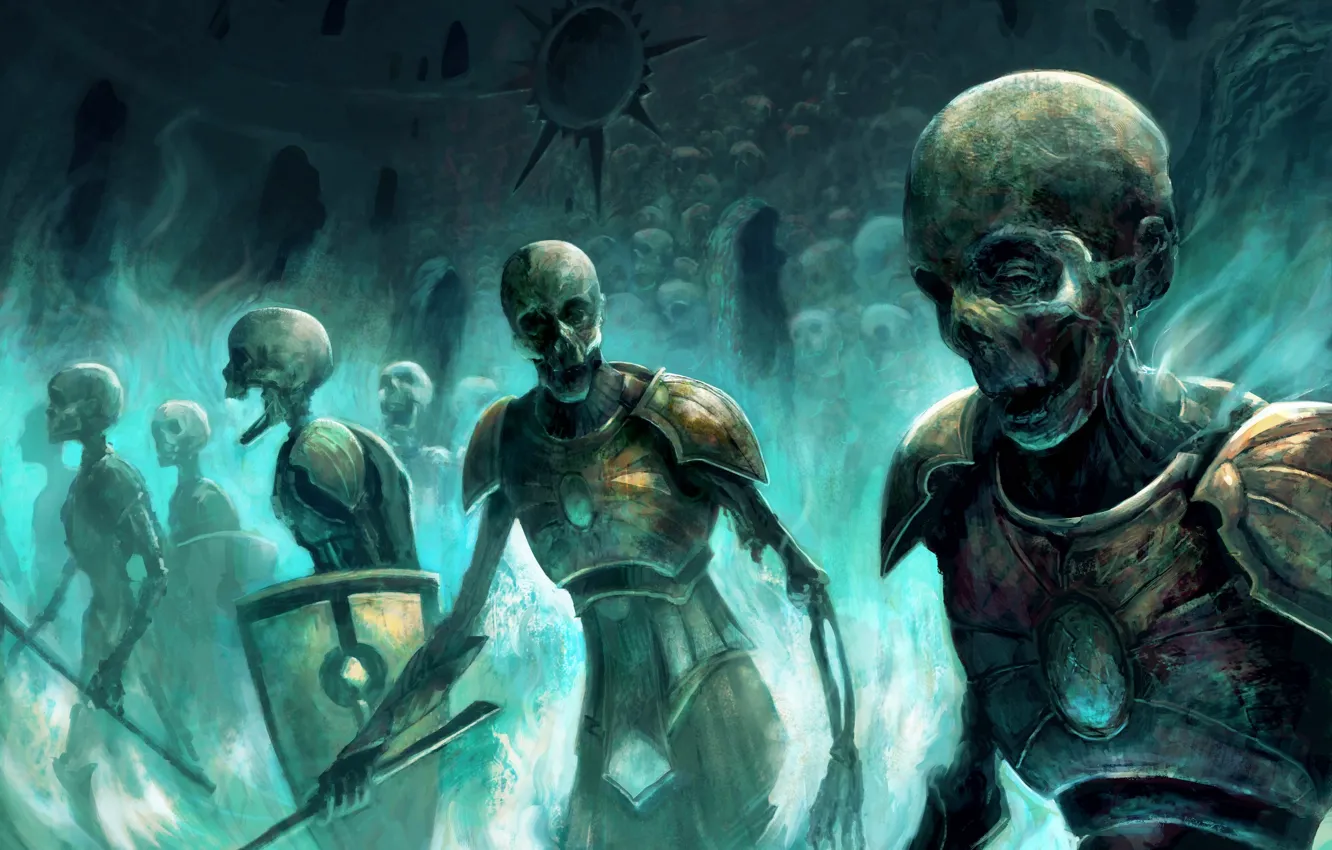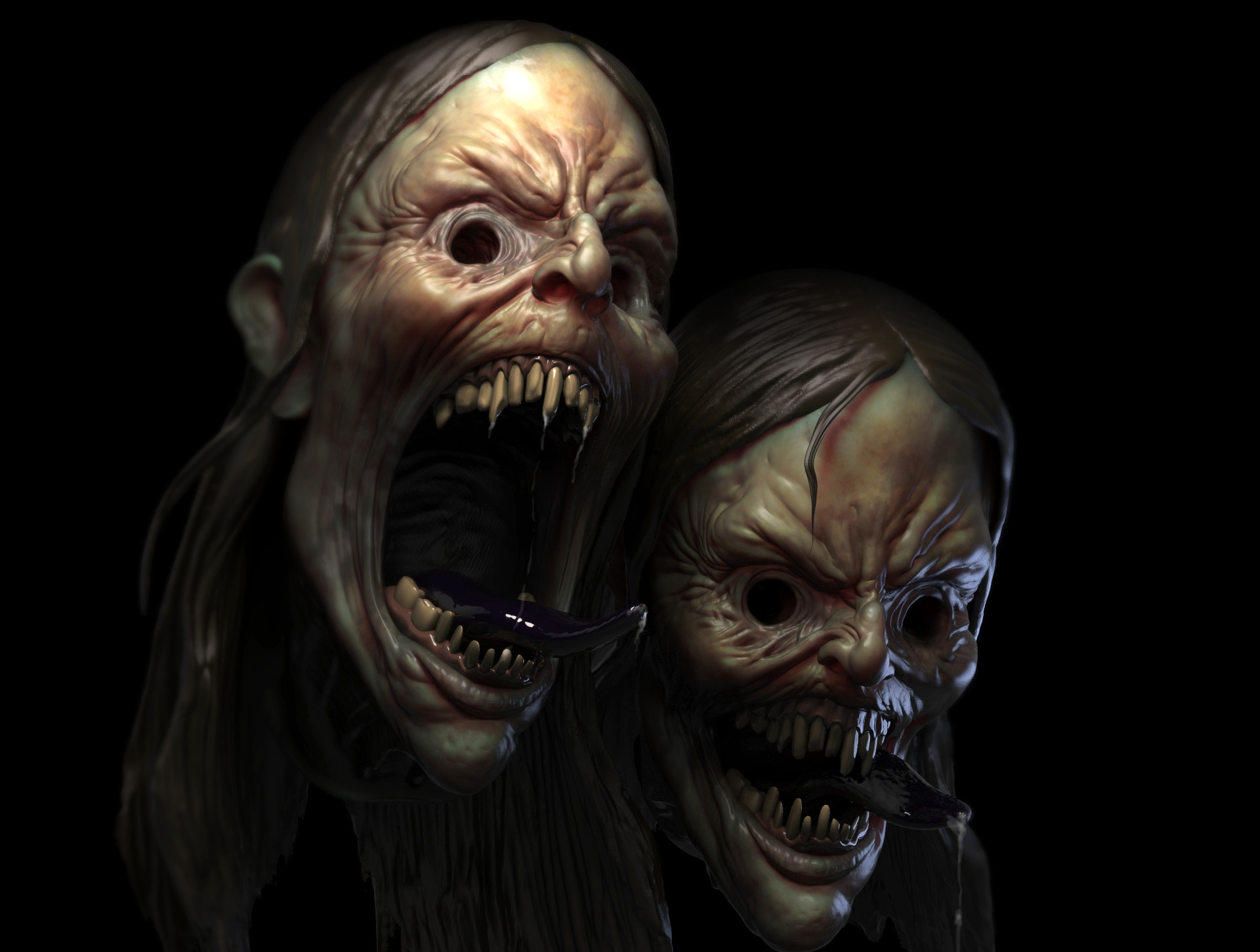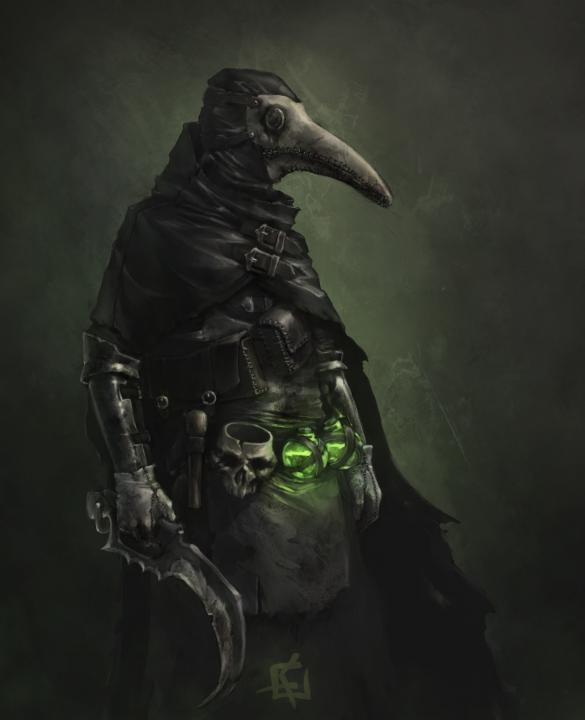Rathman Necromancer
Starting Equipment: Bone Dagger, Bone Breastplate (as Leather)
Starting Skill: 1. Religion 2. Anatomy 3. Toxicology
A: Path of the Summoner, Path of the Boneturner, Path of the Hexcrafter, Apprentice Path
B: Journeyman Paths, Investment +1
C: Advanced Paths, Investment +1
D: Master Paths, Investment +1
Investment: Each template, the Rathman Necromancer gains +1 Investment point representing the focusing of their studies. You may only Invest in paths you have at least the Apprentice rank in. Each path notes in their description below what the Investment does.
Path of the Summoner
A Necromancer’s first and foremost dedication is to the Great Cycle of Being and part of that is realizing that Death is merely part of that cycle. An adherent of the Path of Summoning learns to to call upon the energy that flows in this cycle and invest this energy into creating a semblance of life.
The Clay Golem is 2 HD, Strength equal to your Con+2, armor as chain, and a 1d6+2 Slam attack. The Clay Golem is about the size of an ogre and can follow simple single syllable instructions up to 3 words such as “Guard this door” or “Lift this rock” etc.
Wizard’s teeth are full of magic, so skeletons raised from Wizards retain a certain amount of that magical energy. Mage Skeletons have 1 HD, no armor, a 1d6 claw attack and can sling a bolt of entropic magic with a 60′ range for 1d6 damage.
The Blood Golem is spawned directly from the life essence of the Necromacer. While summoned, the Necromancer and the Blood Golem share an HP pool and any damage to either affects this shared pool. Any damage the Blood Golem deals, however, heals this shared pool for half the damage dealt. The Blood Golem is otherwise stated as the Clay.
An Iron Golem is created through the sacrifice of an item made primary from Iron. The quality of the item effects the Golem’s power, it possesses 1+1 HD for every 50 GP the item is worth, minimum 1HD. Furthermore it possess abilities relevant to the item sacrificed. A sword becomes a Golem with sword arms dealing damage as that sword. A hunk of rusted scrap produces a fragile Golem. A magic fire sword results in a super-heated Golem that deals additional fire damage etc. The baseline Iron Golem is as the Clay with Plate armor.
A Revenant, as opposed to a Zombie, is a risen corpse that retains the skills and abilities that it had in life. A Necromancer may raise Revenants a up to 4 1 HD Revenants or may pool the power to create fewer, stronger Revenants (two 2 HD, one 3HD/one 1HD, one 4HD). Other Necromancer summons last until dismissed or destroyed, but Revenant’s require so much energy that they only last 3 minutes before crumbling to useless ash.
At +1 Investment, the Summoner may call an additional skeleton. At +2 Investment, the Summoner may call 2 additional Skeletons or increase the HD of their Golem by 1. At +3 Investment, the Summoner may call 4 additional Skeletons, 2 additional Mage Skeletons, increase the HD of their Golem by 2, or increase their Revenant HD cap by 2.
Path of the Hexcrafter
Hexcrafters seek to disrupt the flow of energy in living beings instead of manipulating that flow to control the dead. The first template plus every Investment Point gains 1MD as a Wizard for the purposes of casting spells.
Dim Vision
R: 30′ T: [sum] HD Creature D: [sum] rounds
The targeted creature’s vision is dimmed but they are not blinded, they simply don’t notice any changes to what they see until after the duration is over. A creature being pursued by the target will still be seen by the target until something blocks that line of sight.
Amplify Damage
R: 30′ T: [sum] HD Creature D: [dice] Rounds
Terror
R: 60′ Cone T: [sum] HD Creatures D: [dice] Rounds
Targeted creatures must make a morale check or flee in fear from the caster. There is a 50% chance that the targets drop whatever they are holding while in a blind panic.
Iron Maiden
R: 30′ T: [sum] HD Creature D: [dice] Rounds
Confuse
R: 30′ T: [sum] HD Creature D: [dice] Rounds
R: 30′ T: [sum] HD Creature D: 2*[dice] Rounds
Attract
R: 30′ T: 1 Creature D: [Sum]/2 Rounds
A curse placed upon a single creature makes them appear as a universally loathed being. Any creature including former allies who see the target must Save (vs. Magic or Wisdom etc.) or be convinced that the target is their worst enemy. Creatures failing this Save are compelled to attack, harass, or otherwise antagonize that target to the best of their ability.
Decryptify
R: Touch T: [sum] HD Creature or Object D: 1d6 Rounds/Permanent
Path of Boneturner
Some Necromancers take a more directly offensive path, seeking to punish those who would disrupt the Great Cycle of Being. The first template plus every Investment Point gains 1MD as a Wizard for the purposes of casting spells
Bone Armor
R: Personal T: Self D: 1 hour per [dice]
You must have at least a full human sized skeleton available to cast this spell, be it from a cemetery or a recently felled foe. At your command, the skeleton breaks down into its component parts and becomes a spiraling barrier orbiting around you. The Armor has [sum] HP and every physical attack that would hit the necromancer hits the Armor instead.
Teeth
R: 200 T: 30′ cone D: 0
Explode Corpse (taken wholesale from Skerple’s Necromancer)
R: 50′ T: corpse D: 0
Target corpse explodes, dealing damage in a [dice]x5′ radius, Save vs Dexterity for half. The maximum damage dealt is dependent on the creature’s size:
Rat: 1
Dog: 1d6
Human: 2d6
Cow: 3d6
Elephant: 6d6
Whale: 8d6
This spell cannot target undead creatures unless you control them.
Poison Dagger
R: Touch T: Dagger D: 1 Day or until used
You infuse a dagger with a necrotic poison. The next creature to take damage from the dagger must Save vs. Poison or take [dice]d6 additional damage. If strike a poisonous creature, you may choose to instead coat your dagger in their poison instead.
The Boneturner at Template C are further blessed by the power of Tran’Oul, learning to call forth further projects of their patron’s body.
Bone Spear
R: 200′ T: 200′ Line D: 0
The Necromancer calls forth the Talon of Trang’Oul, a single long spear of sharpened bone. The spear fires forward dealing [sum] damage to any target in its path. If a target is killed and there is remaining damage, the spear continues forward to the next target in the line. The spear can move through [dice] targets in this way.
Bone Wall
R: 20’ T: Wall D: permanent
Bone Spirit
R: 50′ radius T: 1 Creature D: 0
The Necromancer calls forth a Wraith from the spirit world. Unlike the summoning abilities of the Summoner path Necromancer, the Wraith called by this spell is not under the strict control of the caster. The caster may designate [dice] creatures to be protected from the Wraith, including the caster. The Wraith targets 1 random valid target and rushes in to tear a piece of their soul away, dealing [sum] damage that cannot be healed by non-magical means.
Poison Nova
R: 50′ Radius T: Living, Breathing Creatures D: [Sum] rounds
The Necromancer transmutates the very air around them into a poisonous miasma. Targets within the field of effect must Save vs. Poison or [sum]/2 damage and begin to suffocate. Most creatures can hold their breath for CON rounds or half CON if unprepared. If the Necromancer has a dose of a poison on hand, they may substitute the spell’s normal effect for the effects of that poison per GM approval.





Diablo II necromancer is best necromancer.
Indeed!